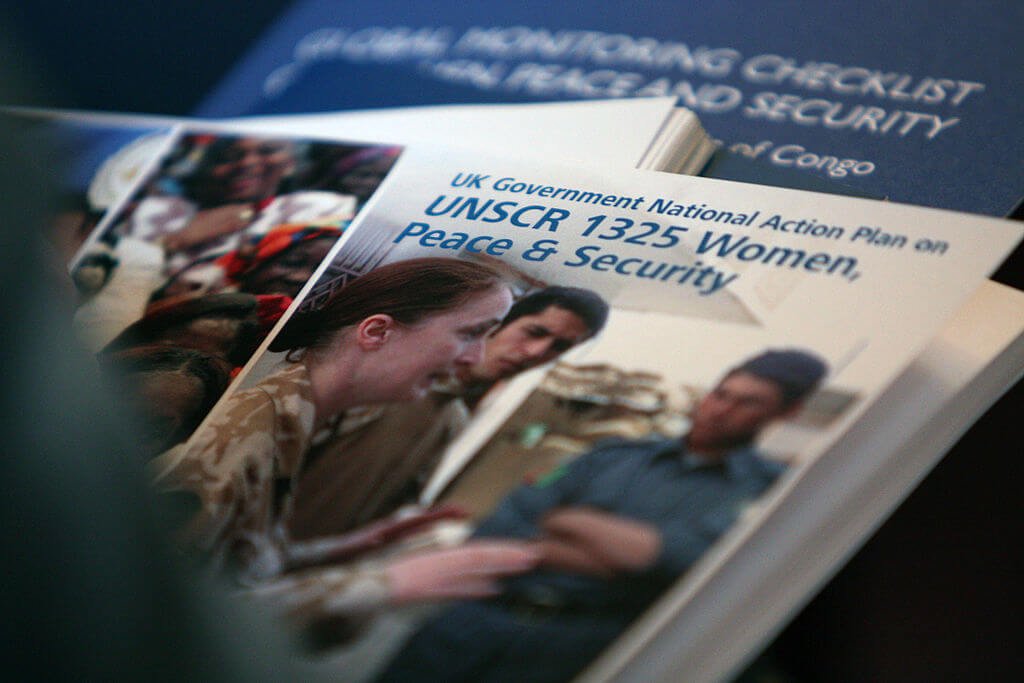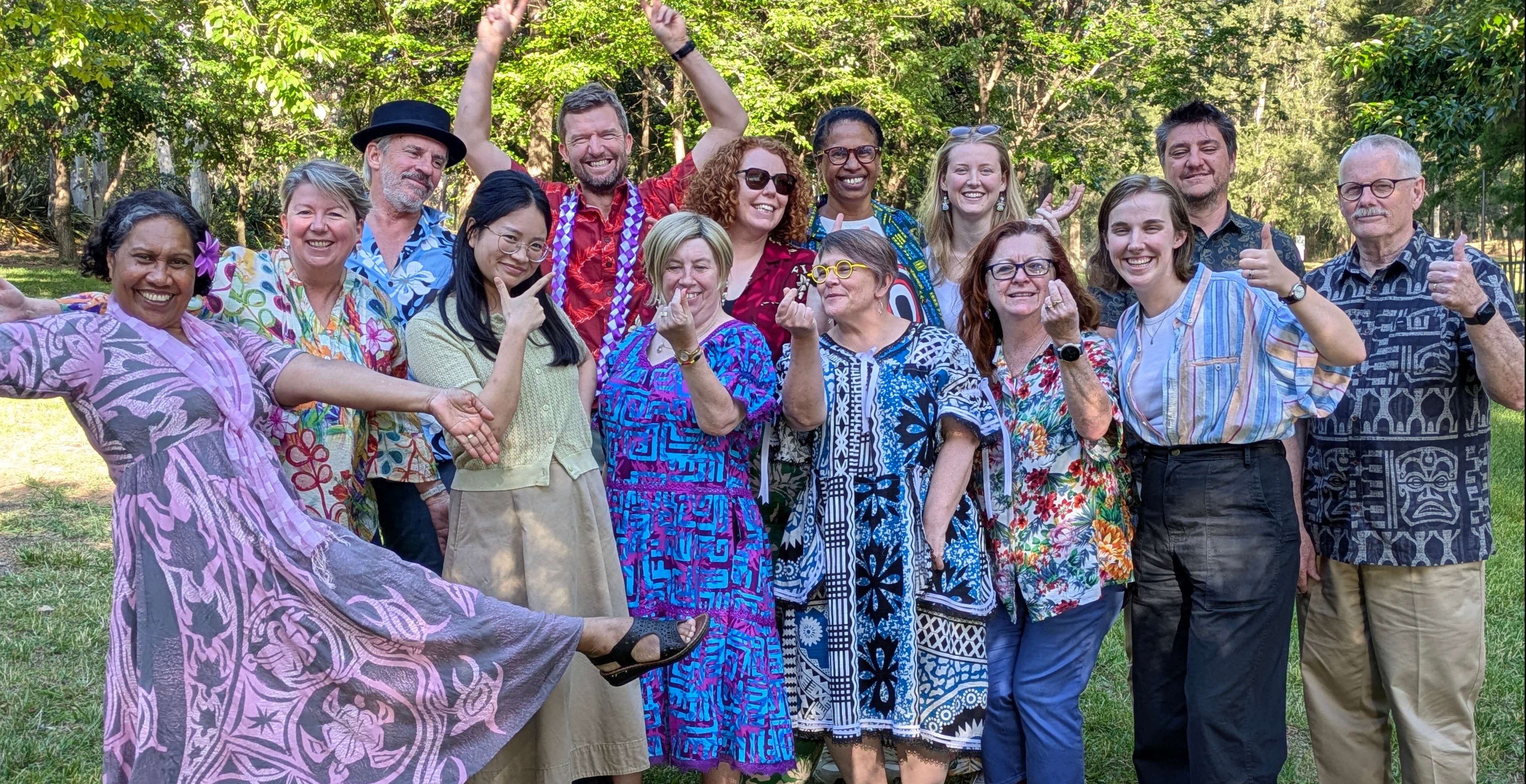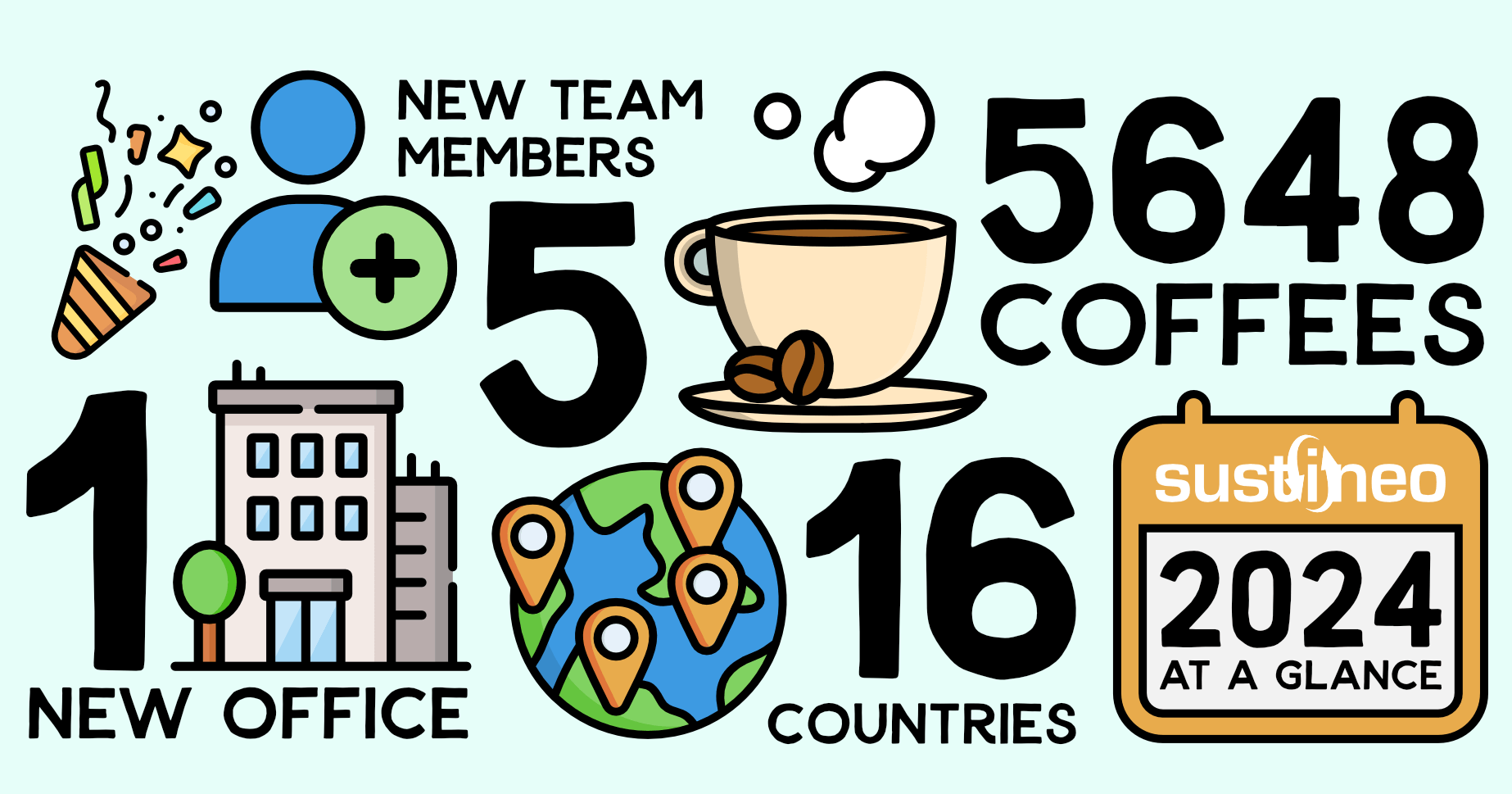Last time we looked at gender inequality as a moral, economic, social and political challenge. This time, we are turning our attention to the challenge of gender inequality in the peace and security sector, beginning with the United Nations Security Council Resolution 1325 (UNSCR 1325).
UNSCR 1325, passed in October 2000, was an international breakthrough in recognising women’s experience of conflict, and their role in resolving it.
In passing UNSCR 1325 the Security Council recognised the disproportionate impact of conflict on women. In many cases, women have access to fewer resources required to protect themselves. They are often excluded from peace negotiations and community building following conflict or disaster. Remaining external to these processes diminishes women and girls’ potential access to justice and the ability to contribute to the formation of institutions that will eventually serve them.
Resolution 1325 urged all actors in the sector to increase the participation of women and to incorporate gender perspectives into peace and security operations.
The Resolution also drew attention to the high rate of gender-based violence that occurs in conflict and post conflict environments, particularly sexual assault and rape. It called upon actors in the peace and security sector to protect women from such violence, and work to prevent it.
UNSCR 1325 set the tone for a global women, peace and security agenda and has been followed by a further six resolutions (1820, 1888, 1889, 1960, 2106 and 2122). These resolutions have built on the principles of UNSCR 1325 and have contributed to the formation of a normative framework to implement and monitor progress of commitments made by UN member nations.
Australia’s commitment to implementing the principles of UNSCR1325 and subsequent resolutions is outlined in the Australian National Action Plan on Women, Peace and Security 2012-2018. The National Action Plan (NAP) centres on five thematic areas that echo the UNSCR principles; prevention, participation, protection, relief and recovery, and normative. At the time it was developed in 2012, the NAP was truly innovative in the international sphere by going beyond commitments to the UN Resolutions. Turning the lens inwards to domestic inequalities, the NAP includes a commitment to equal representation of men and women in Australian peace and security institutions.
Now more than two thirds of the way through its initial implementation period, how is Australia stacking up against its commitments? That’s where we'll look next time.



